When you come across a warning sign outside a transformer, it can indicate staying away from high voltage. It is dangerous to go next to the transformer because of the large cables. As high voltage is the amount of power above a certain threshold, it can lead to sparks in the air and give out electric shocks when someone goes near the transformer. So, as you read further, you will learn more about high voltage cables and their applications.
What are HV Power Cables?
When you observe a high-voltage cable, such cables are used to transmit power at high voltage. The cable comprises a conductor and is completely insulated. This means that such cables have a completely rated insulated system which has insulation along with a metallic shield and semi-conductive layers. On the other hand, such cables will differ depending on various applications. While some cables are used in ignition systems, some of them are used in AC and DC power transmission. But, regardless of where the high voltage electric cables are used, the insulation will wear out due to high-voltage stress or the ozone that is produced due to electric discharges. While objects or individuals should not come in contact with the cable system, they must be able to control leakage current. Moreover, the cable joints and terminals must be designed with the aim of controlling the high-voltage stress. This can eventually help to prevent the insulation from wearing away.
Whenever such cables are laid, the cut length may vary depending on the purpose. While using cables for an apparatus, the length of the cables is not that big. But, the cut length of such cables can be long when the cables are used to transmit power in an ocean. Further ahead, it’s necessary to regulate the insulation when there’s a hike in the voltage.
When Do People Use a High Voltage Cable?
As HV power cables are special in nature, you will observe them with switching and distribution panels. These cables also enable to control rooms remotely or manually when there’s a need to test individual supply systems. You will also find such cables in triple extrusion systems and when people handle raw materials closely with systems. Further ahead, such cables are used in the case of power circuits in which the line to ground fault current falls within certain shield capabilities. Such cables are even set up in dry and humid environments in cable trays, ducts and raceways.
At KEI, the team embraces German technology while manufacturing cables up to 220KV. These cables are always designed as per the specifications of IS: 7098 Part II & Part III. The entire development team also works towards designing the cables as per standards like SABS, VDE, IEC, NFC, and more. In the case of water-resistant cables, KEI designs a high voltage electric cable with the incorporation of sheaths made from stainless steel, lead, corrugated Aluminum, corrugated copper, or Polyethylene laminated Aluminium tape (APL). But, to prevent the cables from getting damaged due to rodents and termites, these cables have a polyamide / Nylon jacket or jacket with cypermethrin that ensures anti-termite protection.
There are many reasons why you must opt for high voltage cables. First and foremost, such cables are manufactured with triple layer extrusion. During the manufacturing process, the team leverages the technology with XLPE or EPR insulation and a Semiconducting bonded conductor screen across the semiconducting layer. This helps to increase the lifespan of the cables with less chances of breakdowns. When the team uses XLPE insulation, it also helps to enhance the mechanical and electrical performance along with a low dielectric factor.
Finally, it’s important to check for the quality of high voltage cables when you lay them down for transmitting electric power underground. As you purchase the right type of cable, you must also ensure that it’s durable and it can withstand extreme climatic conditions. If you are setting up the cables for industrial use, you need to maintain a checklist of the cables. Once you maintain a repository, you will get a clear idea of the repairs and the time for maintenance. You should always approach an expert to take care of the repairs or check the cables closely. As you check the cables from time to time, you will mitigate the occurrences of unnecessary outages. However, if something happens suddenly, it can disrupt systems and the daily activities at the location.
KEI Offers High Voltage Cables With Following Special Features Adopting the Site Installation Requirements:
- Water/Moisture Resistant MV Cables: As stated above cables designs incorporating corrugated Aluminium sheath (CAS), corrugated Copper sheath (CCU), corrugated Stainless steel sheath (CSS), lead alloy sheath (LAS) or Polyethylene laminated Aluminium tape (APL) are most suitable cable designs to lay in conditions susceptible to water & moisture.
- Flame retardant (FR), Flame retardant Low Smoke & Halogen (FR-LSH), Low Smoke, Zero Halogen (LSZH) MV Cables: At stringent places like hospital, cinema halls, shopping malls, tunnels, Airports, intermittent or continuous presence of flammable gaseous materials etc., cables subjected to fire are constructed with the above material for full safety.
- Rodent & Termite Resistant MV Cables: Cables are designed for robust protection needed to block rodents and polyamide / Nylon jacket to provides anti-termite protection.







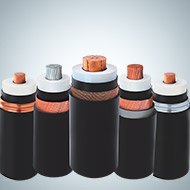
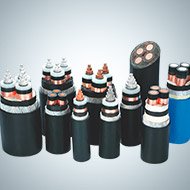
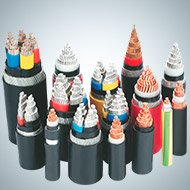
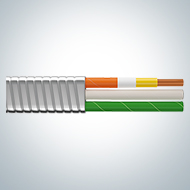
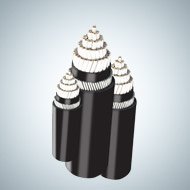
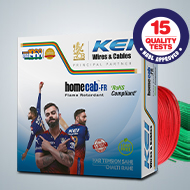
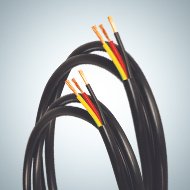
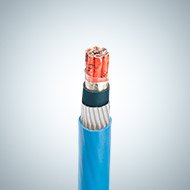

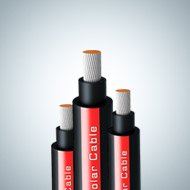
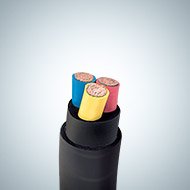
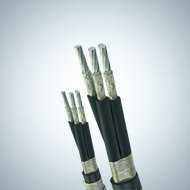
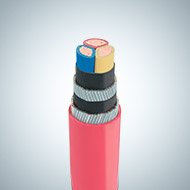
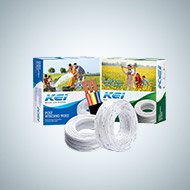

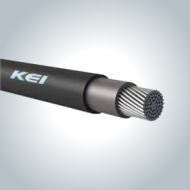
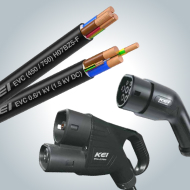
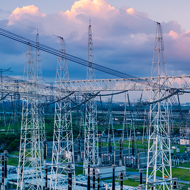



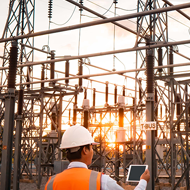



















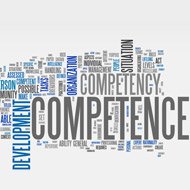



 Subscribe Newsletter
Subscribe Newsletter